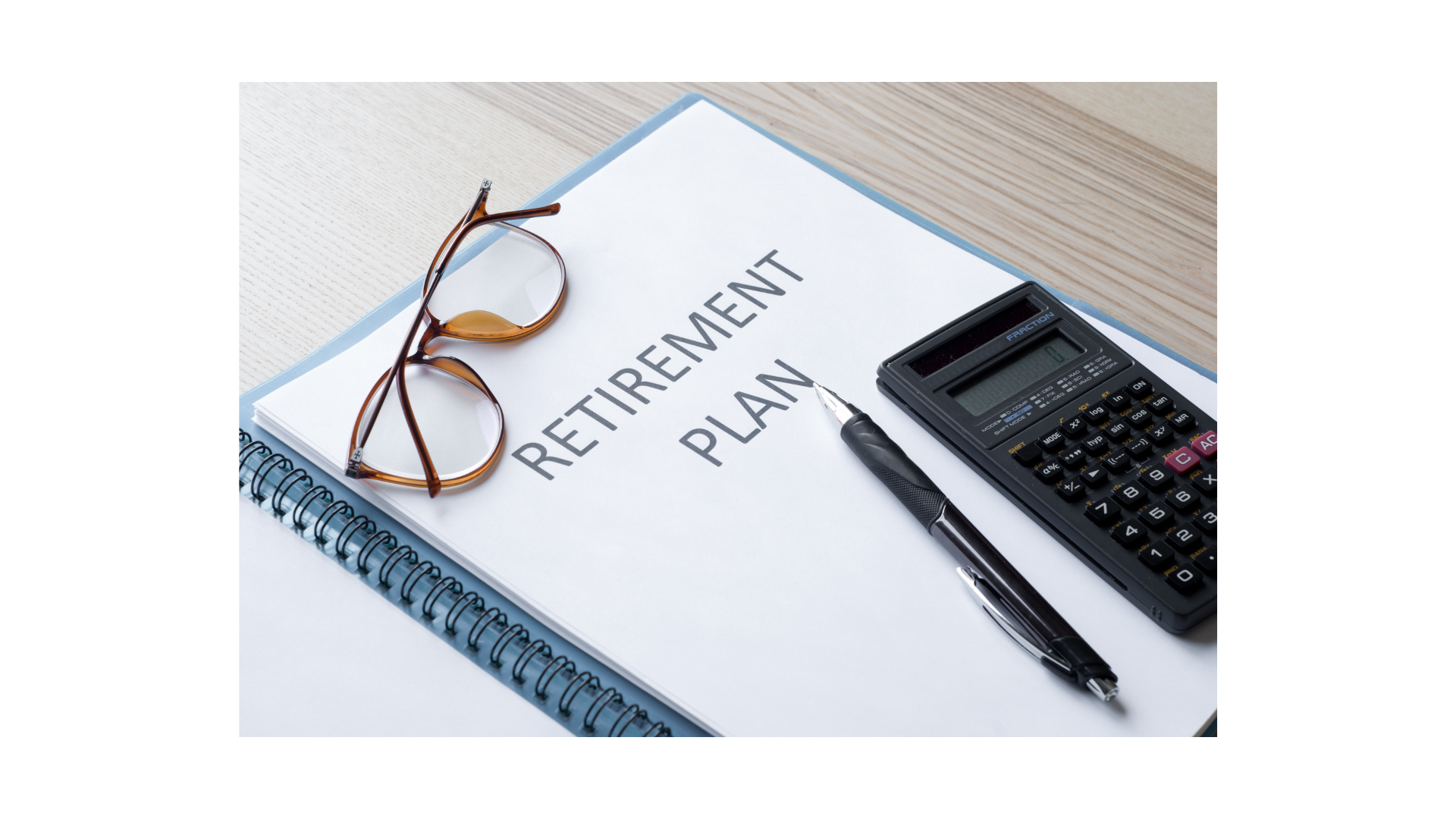Creating a Retirement Strategy
Most people just invest for the future. You have a chance to do more.
Across the country, people are saving for that “someday” called retirement. Someday, their careers will end. Someday, they may live off their savings or investments, plus Social Security. They know this, but many of them do not know when, or how, it will happen. What is missing is a strategy – and a good strategy might make a great difference.
A retirement strategy directly addresses the “when, why, and how” of retiring. It can even address the “where.” It breaks the whole process of getting ready for retirement into actionable steps.
This is so important. Too many people retire with doubts, unsure if they have enough retirement money and uncertain of what their tomorrows will look like. Year after year, many workers also retire earlier than they had expected, and according to a 2022 study by the Employee Benefit Research Institute, about 47% do. In contrast, you can save, invest, and act on your vision of retirement now to chart a path toward your goals and the future you want to create for yourself.1
Since it’s impossible to predict the future, some people dismiss having a long-range retirement strategy. Indeed, there are things about the future you cannot control: how the stock market will perform, how the economy might do. That said, you have partial or full control over other things: the way you save and invest, your spending and your borrowing, the length and arc of your career, and your health. You also have the chance to be proactive and to prepare for the future.
A good retirement strategy has many elements. It sets financial objectives. It addresses your retirement income: how much you may need, the sequence of account withdrawals, and the age at which you claim Social Security. It establishes (or refines) an investment approach. It examines financial implications and possible health care costs, as well as the transfer of assets to heirs.
A prudent retirement strategy also entertains different consequences. Financial professionals often use multiple-probability simulations to try and assess the degree of financial risk to a retirement strategy, in case of an unexpected outcome. These simulations can help to inform the financial professional and the retiree or pre-retiree about the “what ifs” that may affect a strategy. They also consider sequence of returns risk, which refers to the uncertainty of the order of returns an investor may receive over an extended period of time.2
Let a retirement strategy guide you. Ask a financial professional to collaborate with you to create one, personalized for your goals and dreams. When you have such a strategy, you know what steps to take in pursuit of the future you want.
This material was prepared by MarketingPro, Inc., and does not necessarily represent the views of the presenting party, nor their affiliates. All information is believed to be from reliable sources; however we make no representation as to its completeness or accuracy. Please note - investing involves risk, and past performance is no guarantee of future results. The publisher is not engaged in rendering legal, accounting or other professional services. If assistance is needed, the reader is advised to engage the services of a competent professional. This information should not be construed as investment, tax or legal advice and may not be relied on for the purpose of avoiding any Federal tax penalty. This is neither a solicitation nor recommendation to purchase or sell any investment or insurance product or service, and should not be relied upon as such. All indices are unmanaged and are not illustrative of any particular investment.
Securities offered through LPL Financial. Member FINRA/SIPC. Investment advisory services offered through AssuredPartners Financial Advisors, a registered investment advisor. AssuredPartners Financial Advisors and LPL Financial are separate non-affiliated entities.
Citations.
1 – EBRI.org, 2022
2 – Investopedia.com, October 4, 2021


Iowa
4200 University Avenue, Suite 200
West Des Moines, IA 50266
800-677-1529
Securities offered through LPL Financial, Member FINRA/SIPC. Investment advisory services offered through Global Retirement Partners, LLC dba AssuredPartners Financial Advisors, an SEC registered investment advisor. AssuredPartners Financial Advisors and LPL Financial are separate non-affiliated entities.
GRP Advisor Alliance is an independent network of retirement plan focused advisors. GRP Advisor Alliance is not affiliated with or endorsed by LPL Financial.
The financial professionals associated with LPL Financial may discuss and/or transact business only with residents of the states in which they are properly registered or licensed. No offers may be made or accepted from any resident of any other state.









